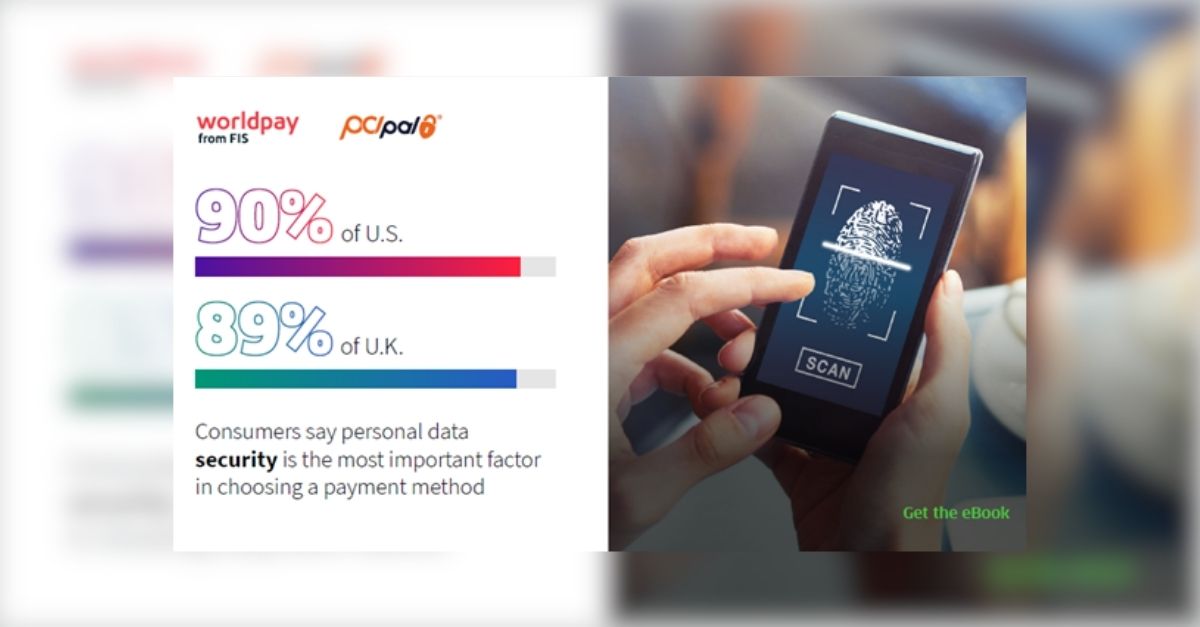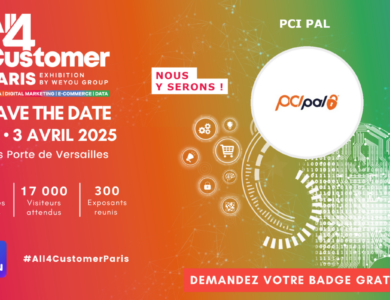A survey of more than 2,200 people across the United States and United Kingdom has found that Digital Wallet payments, such as Apple Pay, Google Pay or PayPal, are increasing in popularity in both the US and UK, with at least 7 in 10 using the method regularly to pay for online purchases.
The survey, conducted by PCI Pal® (LON: PCIP), the global provider of cloud-based secure payment solutions, in partnership with leading payments organization, Worldpay and market research brand, Savanta, explores payment method preferences, including; the methods they trust most, and their interest in trying new payment innovations in the future.
Of those opting to use newer digital payment solutions in the past 12 months, 9 out of 10 in both the US and UK agreed that they are satisfied with the overall experience.
Around two-thirds of respondents in the US (63%) and UK (68%) said that paying using digital wallet solutions are appealing because they are faster and provide a simpler check-out process, with almost half of UK shoppers (49%) saying it is easier than inputting payment card numbers associated with more traditional pay by card options. Meanwhile, 43% of US respondents said it makes it easier to track purchases they have made using digital wallets.
When asked about more trusted payment methods, there was a difference in perspective amongst US and UK respondents, with the former leaning toward debit and credit cards while card payments and digital wallet was mentioned by UK respondents. Cryptocurrency was mentioned the least with just 2% of US and 1% of UK respondents trusting this method over others.
In terms of other alternative payment methods used for online purchases, Pay by Bank has greater uptake in the UK than US, with just over half of British respondents confirming that they have used this method, versus 46% of their counterparts in the US.
When it comes to the future of payments, the younger generation (Gen Z & Millennials) is more willing to try out new payment methods and integrate them into their routine vs. Gen X and Baby Boomers. In fact, 41% of 18–24-year-olds and 48% of 25–40-year-olds in the US are very interested in learning about new options. Although UK respondents were less open overall, Gen Z and Millennial respondents were more willing to explore new options, with 33% of 18–24-year-olds and 38% of 25–40-year-olds reporting that they are very interested.
“Based on the patterns we’re seeing among US and UK consumers, it is evident that while debit and credit cards remain popular choices, there is an upswing in the usage of alternative methods such as digital wallet and Pay by Bank. It is therefore important for merchants to offer choices to consumers on how they pay for their goods or services to maintain a positive customer and payment experience,” says PCI Pal’s VP Product, Alessandro Dalla Volta. “PCI Pal is committed to continuing to be a part of the payment solution by offering technology that empowers companies and customers to transact with speed and convenience while safeguarding personal data.”
While there are many factors that impact payment method preferences for individuals in the US and the UK, over half of survey respondents in both regions identified personal data security as the most important aspect, followed by ease of use.
In fact, an overwhelming percentage of consumers – 90% in the US and 89% in the UK – said that personal information security is the most important factor to take into consideration when choosing a payment method.
“The payments landscape continues to evolve and understanding what consumers are looking for and willing to try is an extremely important aspect of how we move forward,” says Nicole Asling, VP Enterprise Partners, from Worldpay. “We look forward to continuing to partner with companies like PCI Pal to continue to innovate in the space.”
As the payments industry continues to evolve, the most successful payment solutions will be ones that prioritize the safety and security of personal data and can show clear outcomes that support security measures. As personal data security and ease of use dominate the most important factors to consumers, the data shows the younger generation is excited to try new methods. As new methods are implemented to serve the consumers’ spending preferences, there is an educational curve that is up to organizations to take consumers through how to engage with this wide variety of payment methods as they enter the market. This is an opportunity for businesses to highlight their customer experience and security best practices if done properly.













